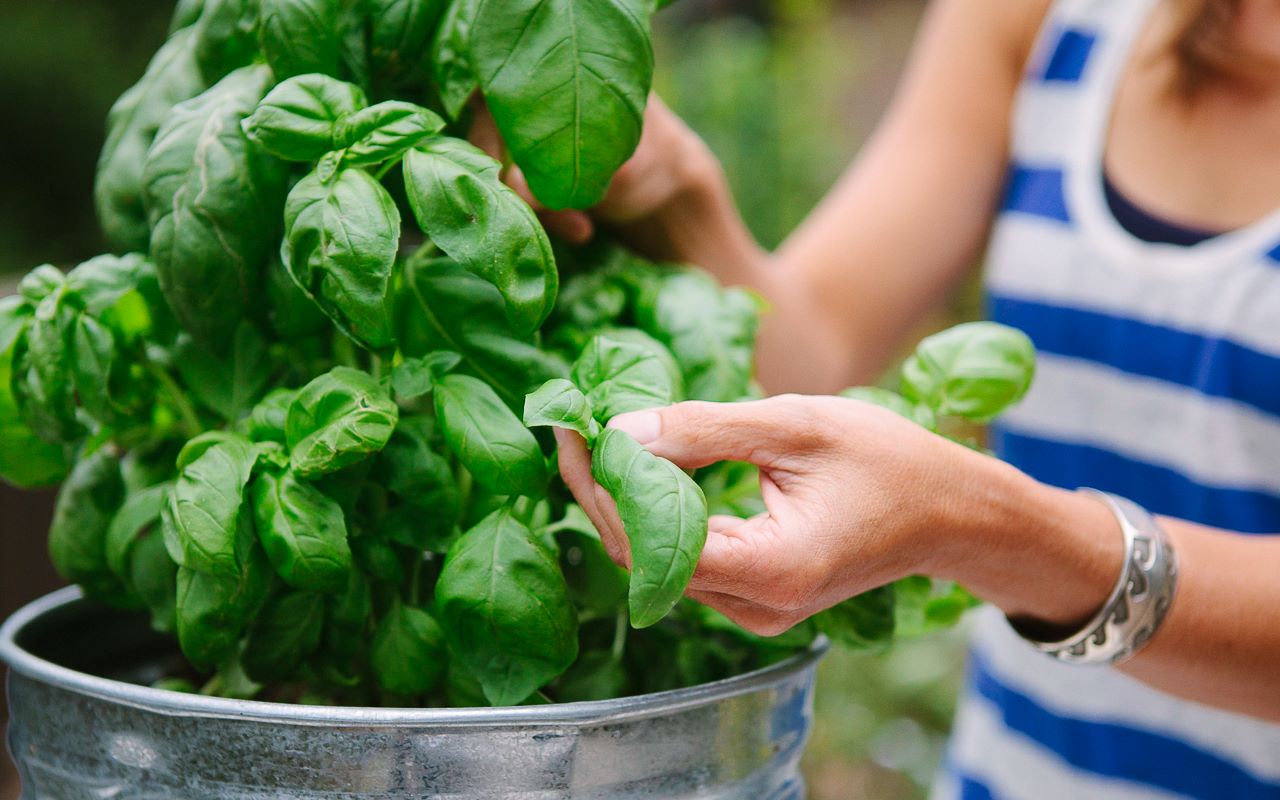

Articles
How To Store Basil After Harvest
Modified: January 9, 2024
Learn how to store basil after harvest with our informative articles. Find the best methods to preserve the freshness of your basil for longer use.
(Many of the links in this article redirect to a specific reviewed product. Your purchase of these products through affiliate links helps to generate commission for Storables.com, at no extra cost. Learn more)
Introduction
When it comes to cooking with fresh herbs, basil is a popular choice for many dishes. Its vibrant flavor and aroma can elevate the taste of pasta sauces, salads, and even cocktails. If you’re lucky enough to have a garden or access to fresh basil, you may find yourself with an abundance of this delicious herb. But what do you do when you have more basil than you can use right away? The answer is simple: store it properly to prolong its freshness and flavor.
Storing basil after harvest is essential to preserve its taste and aroma. Basil leaves are delicate and can wilt or spoil quickly if not stored correctly. The good news is that there are several storage methods you can use to keep your basil fresh for longer. In this article, we’ll explore different techniques for storing basil, including storing in water, refrigeration, freezing, and drying.
By properly storing your basil, you can enjoy its fresh flavor and aroma for an extended period, allowing you to incorporate it into your favorite dishes even after the growing season has ended.
Key Takeaways:
- Preserve basil’s freshness and flavor by harvesting at the right time, washing, drying, and choosing the best storage method. Enjoy basil’s vibrant taste year-round with simple techniques like freezing, drying, or storing in oil.
- Extend the life of your basil harvest with proper storage. From refrigeration to drying, each method offers unique benefits to keep basil fresh and flavorful. Embrace the versatility of basil and savor its delightful taste in every dish.
Read more: How To Store Potatoes After Harvest
Harvesting Basil
Before delving into the various storage methods, it’s crucial to know how to harvest basil properly. Proper harvesting ensures that you collect the leaves at their peak freshness and flavor, setting the stage for successful storage.
To harvest basil, wait until the plant has grown several sets of leaves. When selecting leaves for harvesting, choose those that are vibrant green and free from any signs of damage or discoloration. Use clean, sharp scissors or pruning shears to cut the stems just above a leaf node, which is where the leaves sprout. By cutting above the node, you encourage the growth of new leaves.
It’s important to avoid stripping the plant completely, as this can weaken it and make it less likely to produce more leaves. Instead, harvest basil leaves as needed, leaving enough leaves on the plant to support its continued growth.
Preparing Basil for Storage
Once you have harvested the basil, it’s crucial to prepare it properly for storage. This involves washing the leaves, removing any excess moisture, and allowing them to dry completely. The washing step is essential because it helps remove any dirt, insects, or residues that may be present on the leaves.
To wash basil leaves, fill a bowl or sink with cool water and gently swish the leaves around. This will help dislodge any dirt or debris. After washing, transfer the leaves to a colander or salad spinner to remove excess water. Pat the leaves gently with a clean kitchen towel or paper towels to dry them thoroughly.
Once the basil leaves are dry, you can proceed to the storage method of your choice. Let’s explore various ways to store basil after harvest to ensure its freshness and flavor are preserved.
Key Takeaways:
- Preserve basil’s freshness and flavor by harvesting at the right time, washing, drying, and choosing the best storage method. Enjoy basil’s vibrant taste year-round with simple techniques like freezing, drying, or storing in oil.
- Extend the life of your basil harvest with proper storage. From refrigeration to drying, each method offers unique benefits to keep basil fresh and flavorful. Embrace the versatility of basil and savor its delightful taste in every dish.
Read more: How To Store Potatoes After Harvest
Harvesting Basil
Harvesting basil is an exciting moment for any herb enthusiast. The aroma of fresh basil fills the air, enticing us with its promise of flavorful culinary creations. But how do you ensure a successful basil harvest?
The timing of your basil harvest is crucial. Basil plants are typically ready for harvest when they have grown to a height of around 6-8 inches and have developed several sets of leaves. Harvesting too early can result in small, underdeveloped leaves, while waiting too long may cause the plant to bolt and lose its flavor.
To harvest basil leaves, use a pair of clean, sharp scissors or pruning shears. Select the leaves that are vibrant green and free from any signs of damage or discoloration. Cutting the basil stem just above a leaf node, where the leaves sprout, is ideal for encouraging new growth.
It’s important to avoid stripping the plant completely during harvest. Instead, adopt a “cut and come again” approach, where you harvest a few leaves at a time, leaving enough on the plant to support its continued growth. This method allows you to enjoy fresh basil throughout the growing season without depleting the plant.
When cutting the basil stems, make a clean, diagonal cut to prevent crushing the vascular tissue of the plant. Crushing the stems can inhibit water uptake, reducing the shelf life of the harvested basil.
For optimal flavor, harvest basil leaves in the early morning. At this time, the plants are usually well-hydrated and have their highest concentration of essential oils, which contribute to the herb’s flavor and aroma.
Once you’ve harvested the basil leaves, it’s essential to handle them with care to prevent bruising and damage. Place the freshly cut basil in a container or basket lined with a damp paper towel or cloth to maintain moisture and freshness until you’re ready to use or store them.
Remember, regular harvesting is beneficial for your basil plants. It prevents the plant from flowering and focuses its energy on producing more leaves, promoting bushier growth. By harvesting consistently, you can enjoy a bountiful supply of fresh basil throughout the growing season.
Now that you know how to harvest basil properly, let’s move on to the next crucial step: preparing basil for storage.
Preparing Basil for Storage
After harvesting your basil, it’s important to properly prepare it for storage to ensure its freshness and flavor are preserved for as long as possible. Here are the steps to follow for preparing basil for storage:
1. Wash the Basil Leaves: Before anything else, wash the basil leaves to remove any dirt, insects, or residues that may be present. Fill a bowl or sink with cool water and gently swish the leaves around. This will help dislodge any debris. Be gentle to avoid bruising or damaging the leaves.
2. Remove Excess Moisture: After washing, transfer the basil leaves to a colander or salad spinner to remove excess water. Give the leaves a gentle shake or spin them in the salad spinner to remove as much moisture as possible.
3. Dry the Basil Leaves: Once the excess water is removed, it’s important to allow the basil leaves to dry completely before storing. Lay them out on a clean kitchen towel or paper towels in a single layer. Pat the leaves gently with another towel or paper towels to absorb any remaining moisture. Ensure that the leaves are completely dry to prevent the growth of mold or bacteria during storage.
4. Trim the Stems: If the basil stems are long, you can trim them slightly to fit into your chosen storage container. Use clean scissors or pruning shears to make a clean cut, ensuring that the stems are still long enough to keep the leaves intact.
5. Choose the Storage Method: Now that your basil leaves are clean and dry, it’s time to choose the storage method that best suits your needs and preferences. There are several options available, including storing in water, refrigeration, freezing, and drying. Each method has its own advantages and is suitable for different situations.
By following these steps to properly prepare your basil for storage, you’ll maximize its freshness and flavor. Whether you plan to use the basil within a few days or want to store it for a longer period, these preparations will help ensure that your basil stays in its best condition.
Now, let’s explore different storage methods for basil after it’s been properly prepared.
Read more: How To Store Watermelon After Harvest
Storing Basil in Water
Storing basil in water is a simple and effective method to prolong its freshness and keep it vibrant for an extended period. This method mimics the natural environment of basil, allowing it to continue drawing water and staying hydrated.
To store basil in water, follow these steps:
- Trim the Stem: If the basil stems are long, trim them slightly to fit into your chosen container. Use clean scissors or pruning shears to make a clean cut.
- Place in a Container: Fill a glass or jar with clean water, about an inch or two deep. Place the trimmed basil stems into the container, ensuring that the bottom of the stems is submerged in water while the leaves remain above.
- Cover with a Plastic Bag: To create a mini greenhouse effect, loosely cover the basil with a plastic bag. This helps to retain moisture and create a humid environment for the basil.
- Store at Room Temperature: Find a cool spot away from direct sunlight and store the container of basil at room temperature. Avoid placing it near fruits or vegetables that release ethylene gas, as it can cause the basil to deteriorate more quickly.
- Change the Water: Every few days, change the water to prevent the growth of bacteria and maintain the freshness of the basil. Trim the stems slightly if needed.
Storing basil in water can keep it fresh for up to a week or even longer, depending on the quality of the basil and the conditions of storage. This method is particularly beneficial for basil bundles with the roots attached as it allows the plant to draw water naturally.
When ready to use the stored basil, simply remove the desired amount of leaves from the stems and rinse them under cool water before adding them to your recipe. The leaves should appear vibrant and crisp, ready to enhance the flavors of your dishes.
Storing basil in water is not only a practical way to preserve its freshness but also adds a lovely touch of greenery to your kitchen or dining area. It’s an excellent option for those who enjoy the visual appeal of live herbs while having easy access to freshly harvested basil leaves.
Now that you know how to store basil in water, let’s explore another popular storage method: storing basil in the refrigerator.
Storing Basil in the Refrigerator
Storing basil in the refrigerator is an effective method to prolong its freshness and preserve its vibrant flavor. The cooler temperature helps slow down the natural wilting and degradation process of the basil leaves.
Follow these steps to store basil in the refrigerator:
- Prepare the Basil: After harvesting and preparing the basil leaves, gently wrap them in a slightly damp paper towel. This helps to maintain moisture and prevent the leaves from drying out too quickly.
- Place in a Container: Transfer the wrapped basil leaves to a resealable plastic bag or an airtight container. Ensure that the leaves are not overcrowded and have enough space to breathe.
- Seal and Refrigerate: Seal the container or close the bag tightly to prevent any air or moisture from escaping. Place the container of basil in the refrigerator, preferably in the crisper drawer or a cooler part of the fridge.
When stored properly, basil can stay fresh in the refrigerator for up to a week or possibly longer. However, it’s important to note that as time goes on, the basil’s flavor and aroma may gradually diminish, so it’s best to use it as soon as possible for optimal taste.
It’s worth mentioning that basil is sensitive to extremely cold temperatures, which can cause the leaves to turn black and develop freezer burn. To prevent this, it’s essential to avoid storing basil in the freezer compartment of the refrigerator. Instead, if you prefer to freeze basil for long-term storage, we’ll cover that method later in the article.
When you’re ready to use the refrigerated basil, remove the desired amount of leaves from the container, and unwrap them from the paper towel. Rinse the leaves under cool water to remove any excess moisture, and they are ready to be incorporated into your recipes.
Storing basil in the refrigerator is a convenient method that allows you to have fresh basil on hand for an extended period. It’s particularly useful when you have a surplus of basil or want to preserve it for future use.
Now that you know how to store basil in the refrigerator, let’s move on to another popular storage method: storing basil in the freezer.
After harvesting basil, store it in a glass of water on the counter at room temperature, like a bouquet of flowers. Change the water every few days and use within a week for best flavor.
Storing Basil in the Freezer
Freezing basil is a fantastic option for preserving its freshness and flavor for an extended period. By freezing basil, you can enjoy its vibrant taste even during the off-season when fresh basil might not be readily available.
Here’s how you can store basil in the freezer:
- Prepare the Basil: After harvesting and preparing the basil leaves, blanch them quickly to help preserve their color and flavor. Bring a pot of water to a boil and prepare a bowl of ice water. Immerse the basil leaves in the boiling water for a few seconds, then immediately transfer them to the ice water to cool and halt the cooking process. Pat the leaves dry gently with a clean kitchen towel.
- Freeze Individual Leaves: Lay the blanched and dried basil leaves in a single layer on a parchment-lined baking sheet or tray. Make sure the leaves are not touching each other. Place the tray in the freezer and let the leaves freeze for a couple of hours or until they are completely frozen.
- Transfer to a Freezer Bag: Once the individual basil leaves are frozen, transfer them to a freezer-safe bag or airtight container. Remove as much air as possible from the bag or container before sealing it tightly. Label the bag or container with the date to keep track of the basil’s freshness.
When stored properly, frozen basil can retain its flavor and aroma for several months. However, over time, the texture may change slightly, and the leaves may become slightly mushy. Despite these minor changes, frozen basil is still a versatile ingredient in dishes like soups, stews, sauces, and pestos.
To use frozen basil, simply remove the desired amount of leaves from the bag or container and add them directly to your recipe. There’s no need to thaw the leaves beforehand. Frozen basil works best when cooked or added to dishes that will undergo further heating or blending.
While freezing basil is a great way to preserve its flavor, it’s essential to note that freezing can cause the leaves to darken in color. This change in appearance does not affect the taste or quality of the basil.
Freezing basil allows you to enjoy the taste of summer all year round. It’s a convenient option when you have an abundance of basil or want to make batches of basil-infused sauces or pesto to store for later use.
Now that you know how to store basil in the freezer, let’s explore another storage method that adds a unique flavor to your basil: storing it in oil.
Using Frozen Basil
Using frozen basil is a convenient way to add its vibrant flavor to your dishes, even when fresh basil may not be available. While frozen basil may have a slightly different texture compared to fresh basil, it can still impart delicious taste and aroma to a variety of recipes.
Here are some tips for using frozen basil:
- Cooking: Frozen basil is perfect for dishes that require cooking or simmering, such as soups, stews, curries, and pasta sauces. Simply add the frozen basil directly to the dish during the cooking process. The heat will help defrost the leaves and release their flavor into the dish.
- Pesto: Frozen basil is an excellent addition to pesto. It can be blended with other ingredients, such as pine nuts, garlic, Parmesan cheese, and olive oil, to create a flavorful and aromatic pesto sauce. Thaw the frozen basil leaves before using them in the pesto, or blend them directly from frozen for a slightly different texture.
- Infused Oils or Vinegars: Frozen basil can be used to make basil-infused oils or vinegars. Place the frozen basil leaves in a container and cover them with oil or vinegar of your choice. Let it sit at room temperature for a few days to infuse the flavors. Strain out the basil leaves before using the infused oil or vinegar in your recipes.
- Herb Butter: Incorporate frozen basil into homemade herb butter. Soften butter and mix it with finely chopped or blended thawed basil leaves. Form the butter mixture into a log or shape it into a container and refrigerate or freeze until firm. Use the herb butter to enhance the flavors of bread, grilled meats, or roasted vegetables.
When using frozen basil, it’s important to keep in mind that the texture may be slightly softer than fresh basil. This is normal due to the freezing process. However, the flavor and aroma are still present, making frozen basil a convenient alternative in many dishes.
Experiment with different recipes, and don’t be afraid to get creative when using frozen basil. Its versatility makes it a fantastic ingredient that can elevate the taste of your favorite dishes, even when fresh basil is not readily available.
Now that you know how to use frozen basil, let’s explore another popular storage method: storing basil in oil.
Read more: How To Store Garlic After Harvest
Storing Basil in Oil
Storing basil in oil is a wonderful way to preserve its flavor while also infusing the oil with the herb’s aromatic essence. This method creates a convenient and versatile basil-infused oil that can be used in a variety of recipes.
Here’s how you can store basil in oil:
- Prepare the Basil: Harvest and prepare the basil leaves, ensuring they are clean and dry.
- Blend the Basil: Place the basil leaves in a food processor or blender. Add a small amount of oil to the basil leaves and blend until a smooth paste is formed. Gradually add more oil as needed to achieve the desired consistency.
- Bottle the Basil Oil: Transfer the basil and oil mixture into clean, sterilized glass jars or bottles. Ensure that the basil is fully covered by the oil to prevent spoilage. Use a spoon or spatula to press down the mixture and release any air bubbles.
- Seal and Store: Once the jars or bottles are filled, seal them tightly. Store the basil-infused oil in a cool, dark place, such as a pantry or cupboard, away from direct sunlight and heat sources. Properly stored basil oil can retain its flavor for several months.
When storing basil in oil, it’s important to follow the proper safety precautions to prevent the growth of harmful bacteria, such as botulism. Make sure to use clean, sterilized containers and avoid touching the basil with your hands to reduce the risk of contamination.
It’s also essential to note that basil-infused oil should be used within a reasonable period and stored properly to prevent spoilage. While the oil can help preserve the basil’s flavor, it is not a long-term storage method like freezing or drying.
When using basil-infused oil, you can drizzle it over salads, grilled vegetables, or roasted meats to add a burst of fresh basil flavor. It can also be used as a dipping oil for bread or as a base for homemade salad dressings and marinades.
Experiment with different oils, such as olive oil or sunflower oil, to create different flavors and aromas in your basil-infused oil. You can also add other herbs or spices to customize the oil to your taste preferences.
Storing basil in oil allows you to have a ready-to-use infusion of flavor that can elevate the taste of your dishes. It’s a convenient method that can transform simple recipes into culinary delights.
Now that you know how to store basil in oil, let’s explore another popular storage method: drying basil.
Drying Basil
Drying basil is a traditional preservation method that allows you to enjoy its flavor and aroma long after the harvesting season has ended. When properly dried, basil can be stored for months and used in a variety of culinary creations.
Here’s how you can dry basil:
- Harvest and Prepare Basil: Harvest the basil leaves, ensuring they are clean and dry. Remove any damaged or discolored leaves.
- Air Drying: The most common method for drying basil is air drying. Gather a small bunch of basil stems and tie them together with kitchen twine or a rubber band. Hang the bunch upside down in a well-ventilated area away from direct sunlight. Make sure the leaves are not touching each other to promote airflow and prevent mold or mildew formation. Allow the basil to air dry for about 1 to 2 weeks, or until the leaves are crispy and crumble easily.
- Oven Drying: If you prefer a quicker method, you can oven dry basil. Preheat your oven to the lowest temperature setting (around 120°F or 50°C). Place the basil leaves on a baking sheet lined with parchment paper, ensuring they are in a single layer and not overlapping. Leave the oven door slightly ajar to allow moisture to escape. Let the basil dry in the oven for 1 to 2 hours, checking regularly for doneness. The leaves should be dry and brittle when ready.
- Dehydrator Drying: If you have a food dehydrator, you can use it to dry basil efficiently. Follow the manufacturer’s instructions for drying herbs or use the lowest setting (around 95°F or 35°C). Arrange the basil leaves on the dehydrator trays, ensuring they are not overlapping. Let the dehydrator run for 4 to 6 hours, or until the basil leaves are thoroughly dried and crumbly.
Once your basil is dry, remove the leaves from the stems and crumble them into smaller pieces. Store the dried basil in an airtight container, such as glass jars or Ziploc bags. Place the container in a cool, dark place away from heat and moisture to maintain its quality.
Dried basil can be used in a variety of dishes such as pasta sauces, soups, stews, roasted vegetables, and marinades. To rehydrate the basil, simply add it to dishes during cooking, and the liquid in the recipe will soften the leaves and release their flavor.
While dried basil may not have the same vibrant color and intense flavor as fresh basil, it offers a convenient and accessible way to enjoy the herb year-round. Plus, drying basil allows you to maximize your harvest by preserving it for later use.
Now that you know how to dry basil, you have another excellent option for storing and utilizing this versatile herb. In the next section, we’ll explore the best way to store dried basil.
Storing Dried Basil
Properly storing dried basil is essential to maintain its flavor, aroma, and quality over an extended period. When stored correctly, dried basil can retain its potency for up to a year or more. Here’s how you can store dried basil:
- Choose the Right Container: Select airtight containers, such as glass jars with tight-fitting lids or resealable plastic bags. The containers should be clean, dry, and free from any lingering odors.
- Label and Date: Clearly label the container with the contents, “dried basil,” and include the date of packaging. This will help you keep track of the basil’s freshness and ensure that you use it within a reasonable timeframe.
- Store in a Cool, Dark Place: Place the containers of dried basil in a cool, dark pantry or cupboard. Exposure to light, heat, and moisture can deteriorate the quality of the dried herb, so it’s important to keep it away from these elements.
Keeping the dried basil in a cool and dark environment helps retain its flavor and aroma for a more extended period. Avoid storing it near the stove, oven, or any other heat source. Additionally, it’s important to refrain from storing dried basil in the refrigerator, as the humidity can affect its quality.
When using dried basil in your dishes, it’s best to crumble or grind the leaves before adding them to the recipe. This helps to release the herb’s flavor and distribute it more evenly throughout the dish. You can use a mortar and pestle or a spice grinder to grind the dried basil into a finer texture if desired.
When substituting dried basil for fresh basil in recipes, it’s important to note that dried basil is more potent. As a general guideline, you can use one-third to one-half teaspoon of dried basil for every tablespoon of fresh basil called for in a recipe. However, feel free to adjust the amount to suit your personal taste preferences.
Regularly check the stored dried basil for any signs of moisture, mold, or loss of aroma. If you notice any of these signs, it’s best to discard the dried basil and replace it with a fresh batch.
Storing dried basil properly ensures that it remains a flavorful and aromatic addition to your culinary creations. With a well-stocked supply of dried basil, you can enjoy its taste and aroma throughout the year, even when fresh basil may not be available.
Now that you know how to store dried basil, let’s conclude our exploration of basil storage methods.
Conclusion
Properly storing basil after harvest is crucial for preserving its freshness, flavor, and aroma. With various storage methods available, you can enjoy the taste of basil long after the growing season has ended. Whether you choose to store basil in water, the refrigerator, the freezer, oil, or as dried leaves, each method offers unique benefits and versatility.
Harvesting basil at the right time and preparing it properly for storage are the first steps to ensuring its quality. Washing the leaves, removing excess moisture, and allowing them to dry completely are essential for successful storage. From there, you can choose the storage method that best suits your needs and preferences.
Storing basil in water keeps it fresh and hydrated, allowing you to enjoy its vibrant taste for up to a week. Refrigeration slows down the natural wilting process, providing you with fresh basil for a longer period. Freezing basil preserves its flavor and allows you to use it in a variety of cooked dishes. Storing basil in oil adds a unique flavor infusion to your culinary creations. Drying basil is a traditional preservation method that allows you to keep it for months and utilize it in various recipes.
Each storage method offers its own benefits and allows you to enjoy basil’s delightful taste and aroma in different ways. Whether you prefer the convenience of frozen or dried basil or enjoy the visual appeal of fresh basil stored in water, there is a storage method to suit everyone’s preferences.
Remember to label and date your stored basil, and store it in appropriate containers in a cool, dark place to maintain its quality. Regularly check the stored basil for any signs of spoilage and discard any that appear moldy or have lost their aroma.
By properly storing basil after harvest, you can extend its usability and savor the flavors of this beloved herb throughout the year. So, make the most of your basil harvest, and enjoy the enticing taste and aroma of this versatile herb whenever you crave it.
Whether you’re using basil in a summer pasta dish or a warming winter soup, properly stored basil ensures that its freshness and flavor are always within reach. Embrace the versatility of this herb and let it enhance your culinary creations, adding its signature touch to every bite.
So, the next time you find yourself with a surplus of basil, don’t let it go to waste. Utilize these storage methods and enjoy the vibrant taste of basil long after the growing season ends. Happy cooking and savoring the delightful flavors of basil!
Frequently Asked Questions about How To Store Basil After Harvest
Was this page helpful?
At Storables.com, we guarantee accurate and reliable information. Our content, validated by Expert Board Contributors, is crafted following stringent Editorial Policies. We're committed to providing you with well-researched, expert-backed insights for all your informational needs.
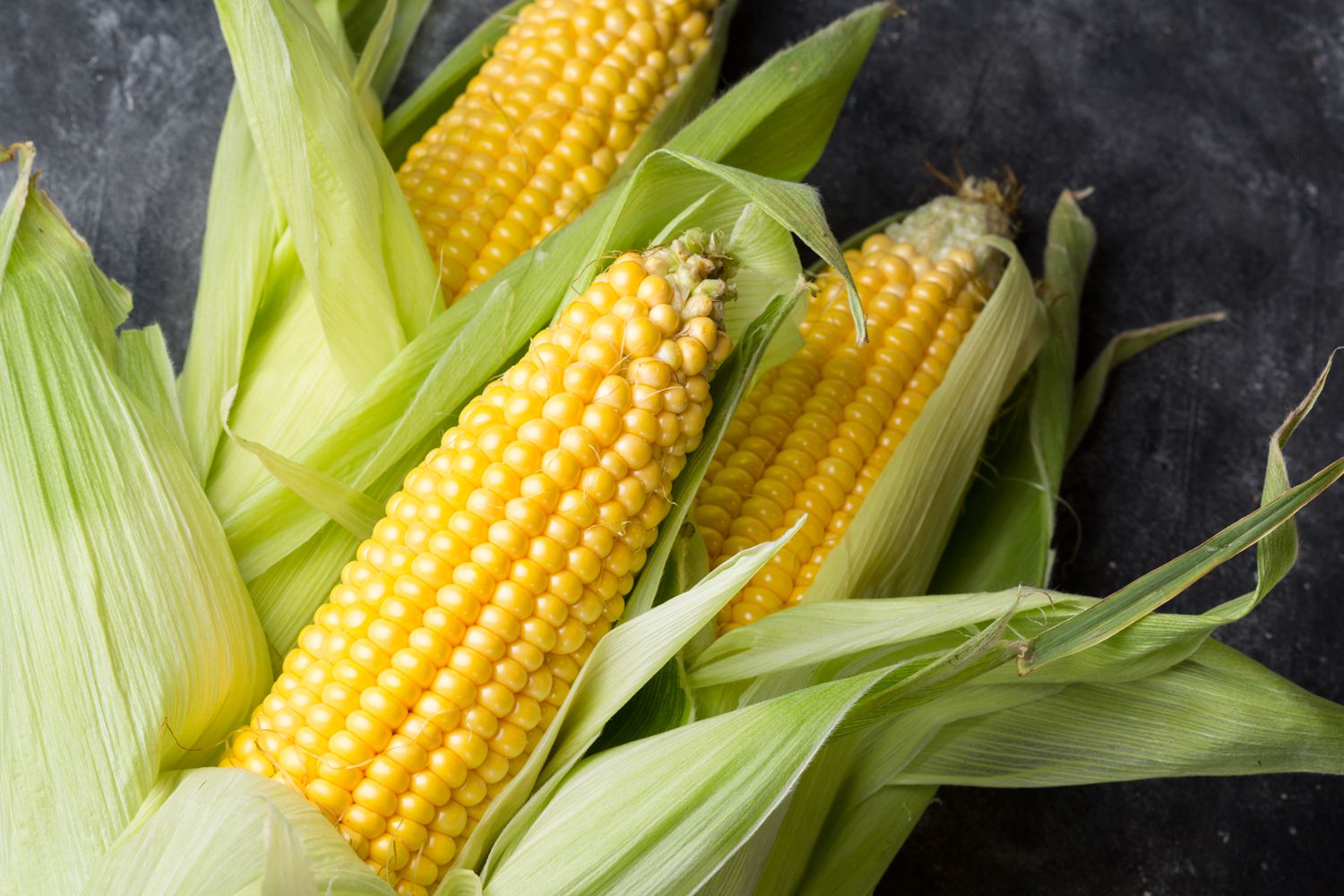

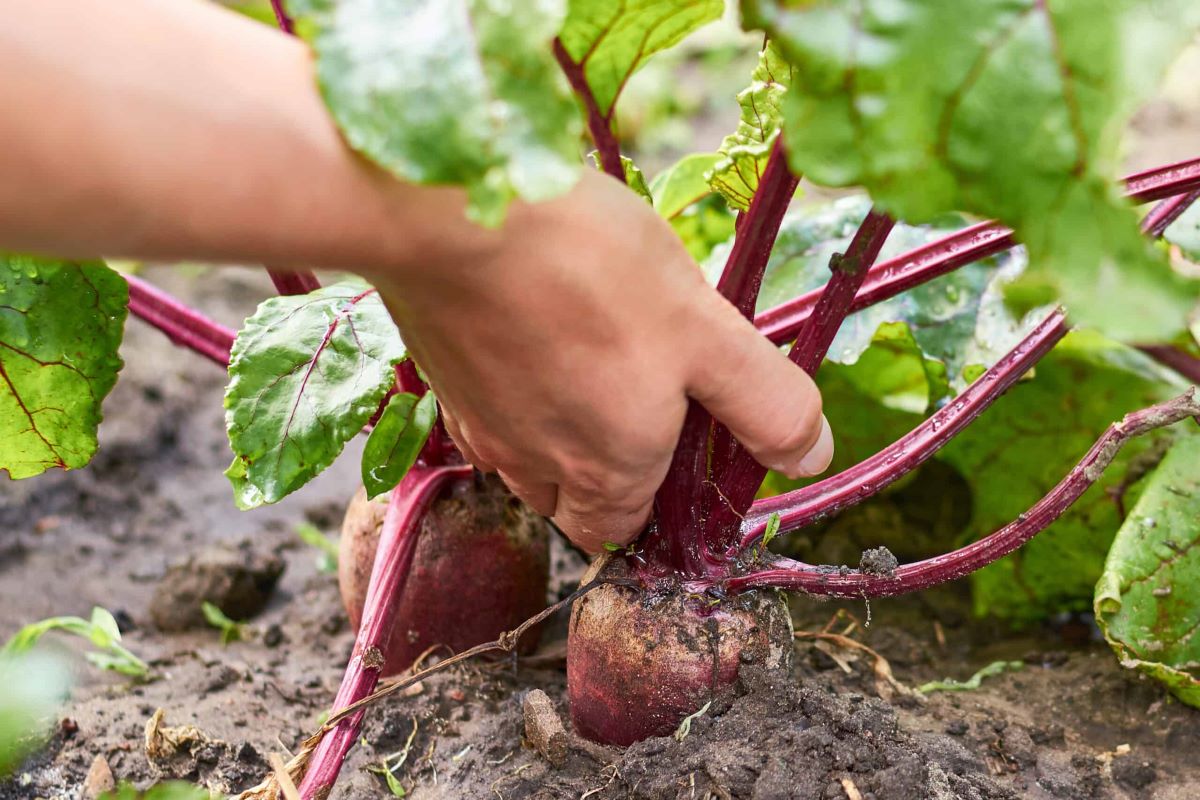
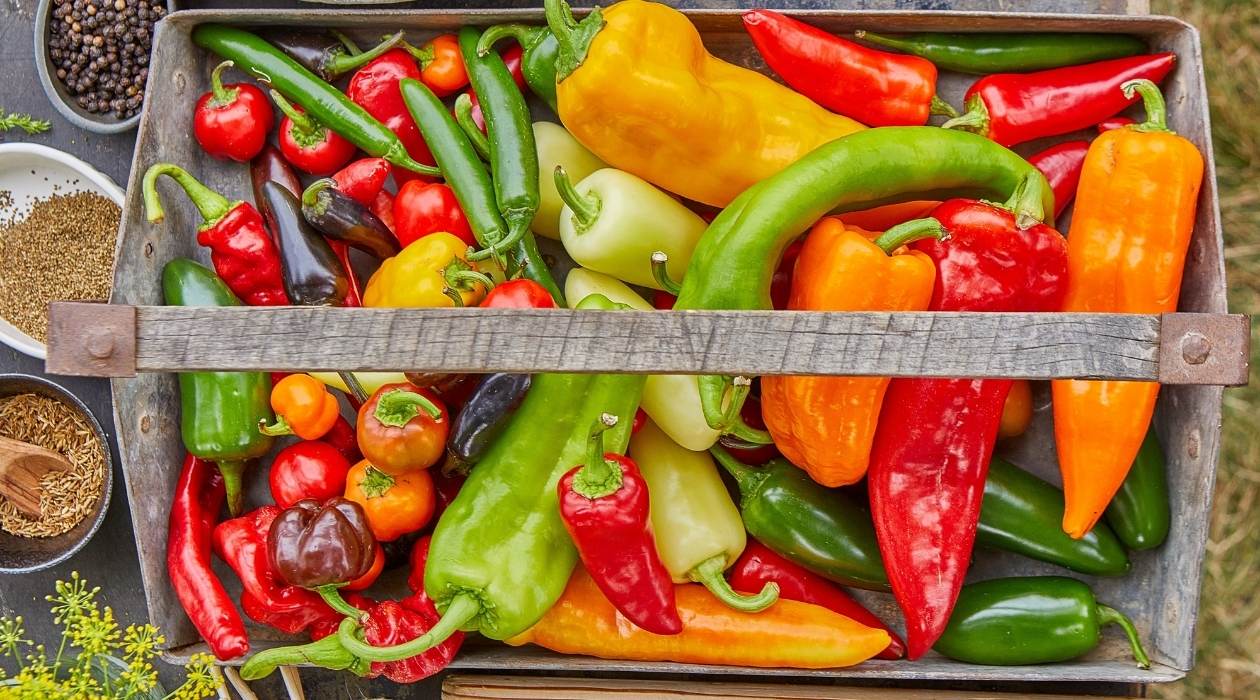
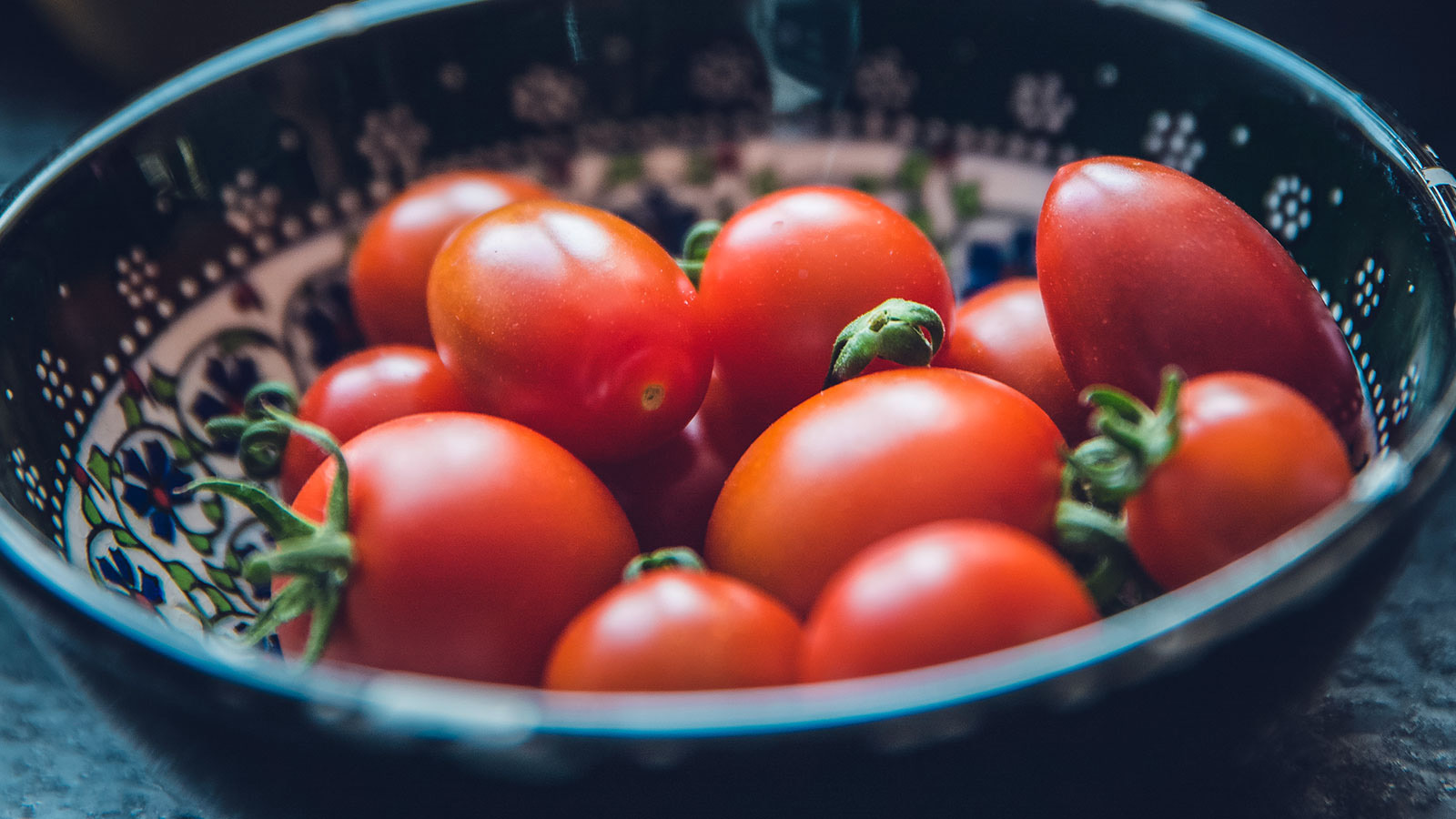
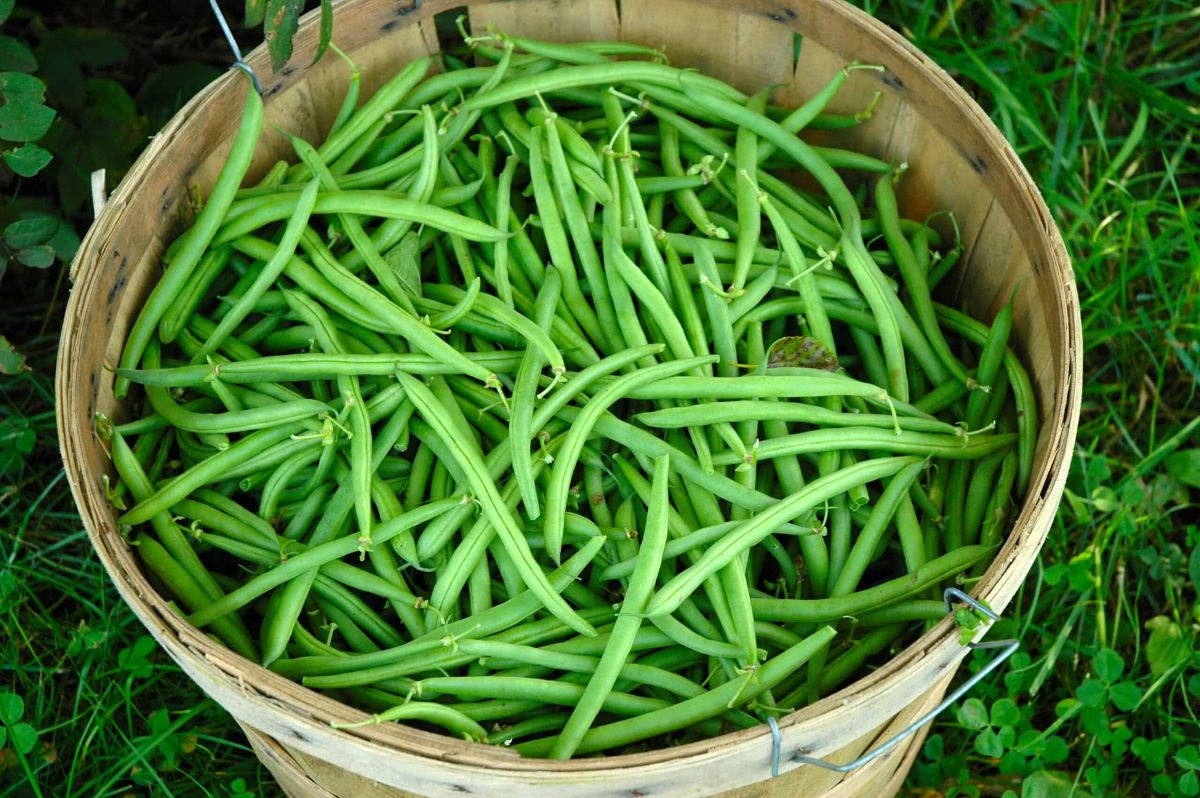
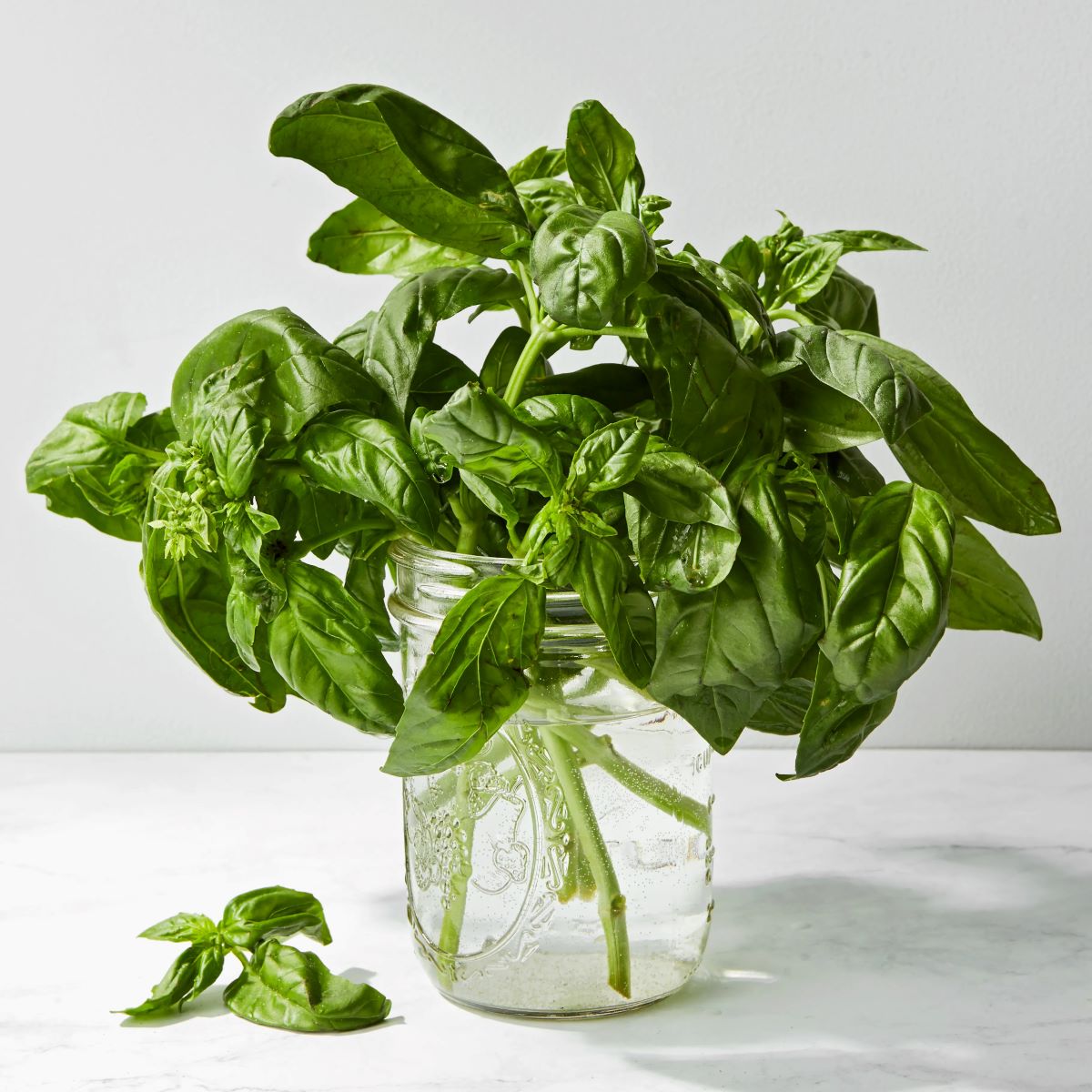
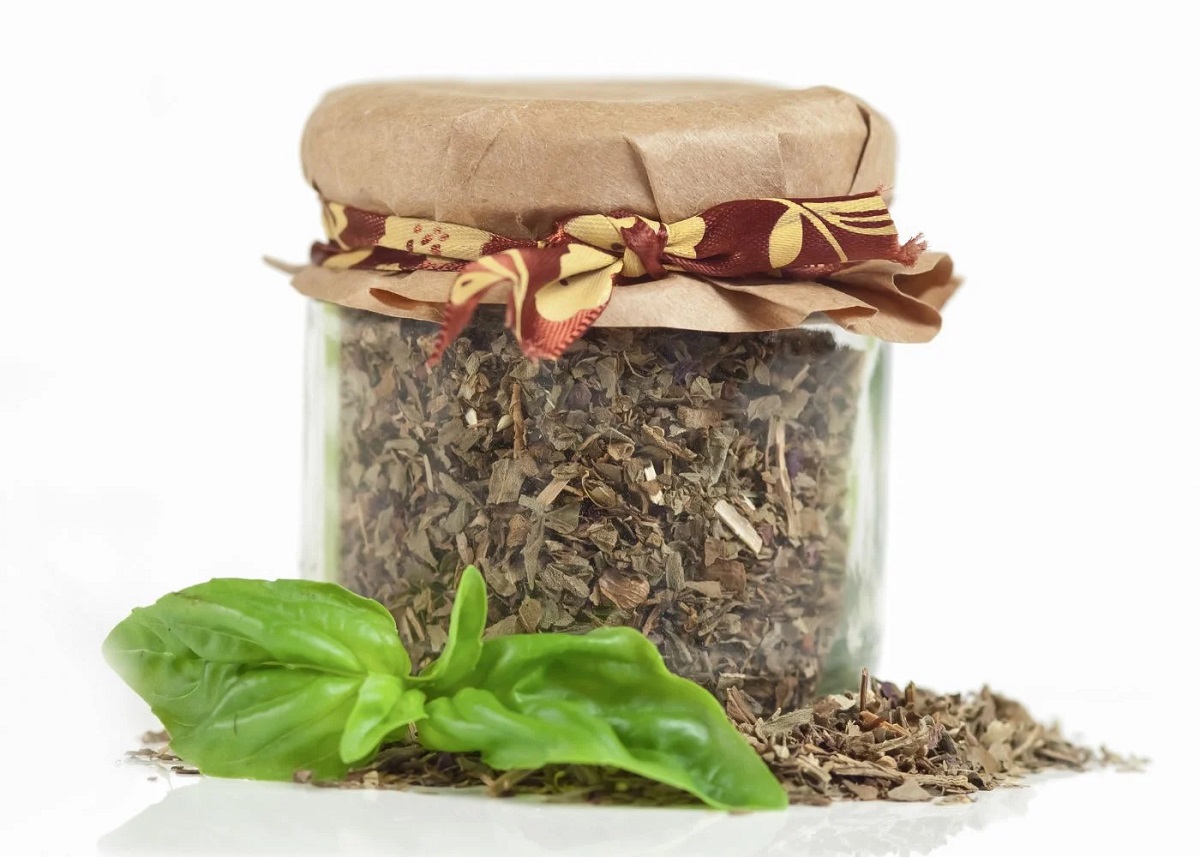
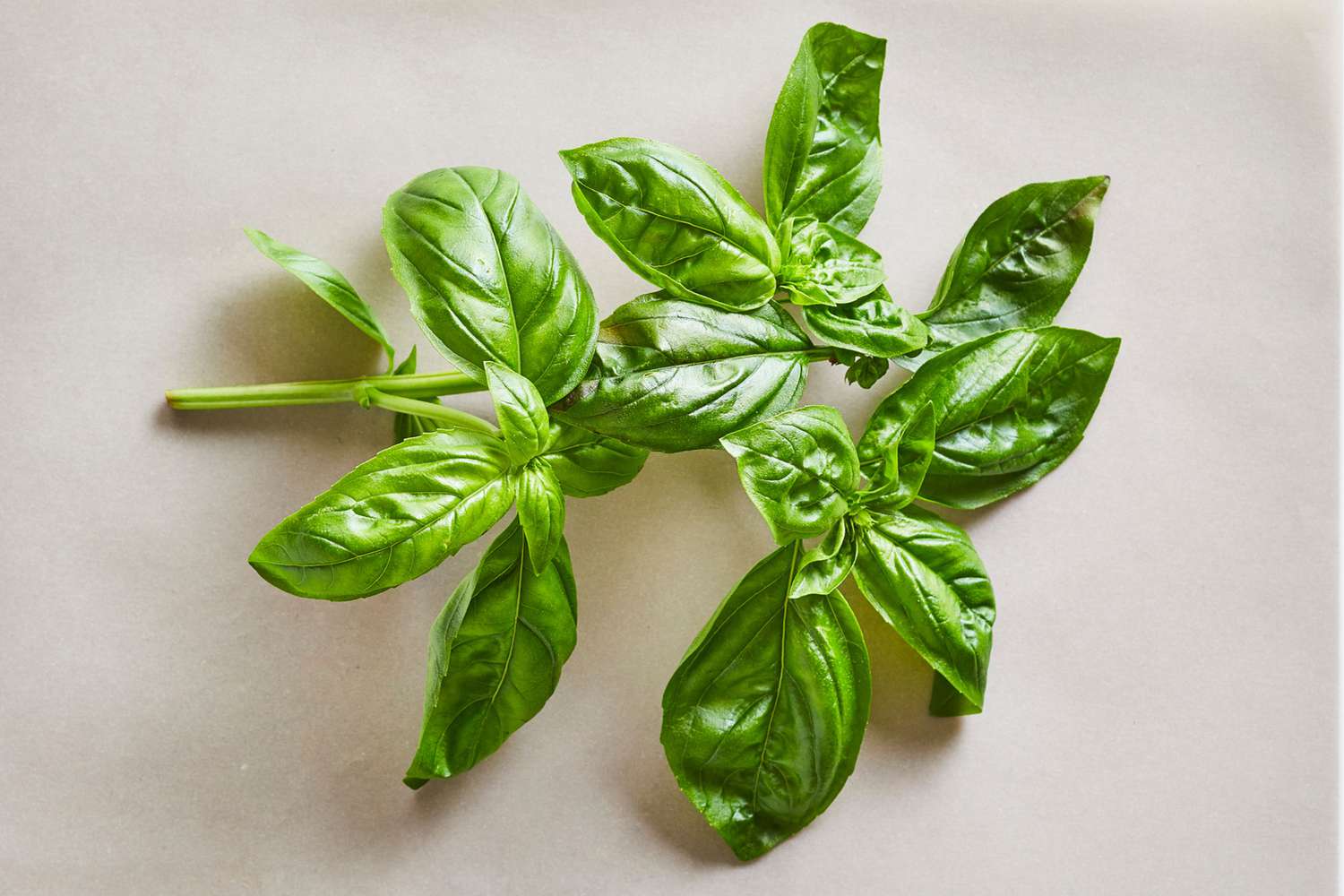
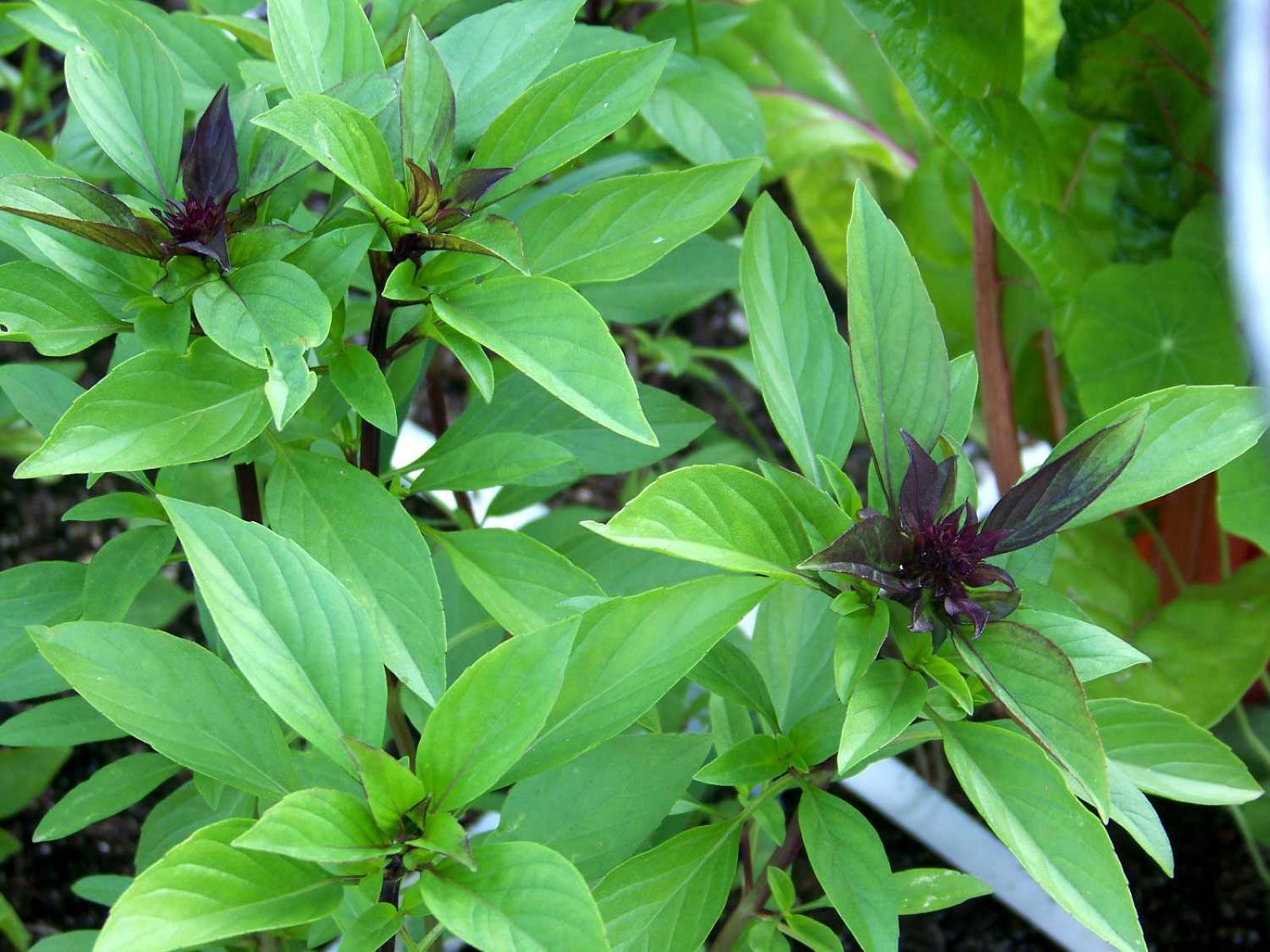
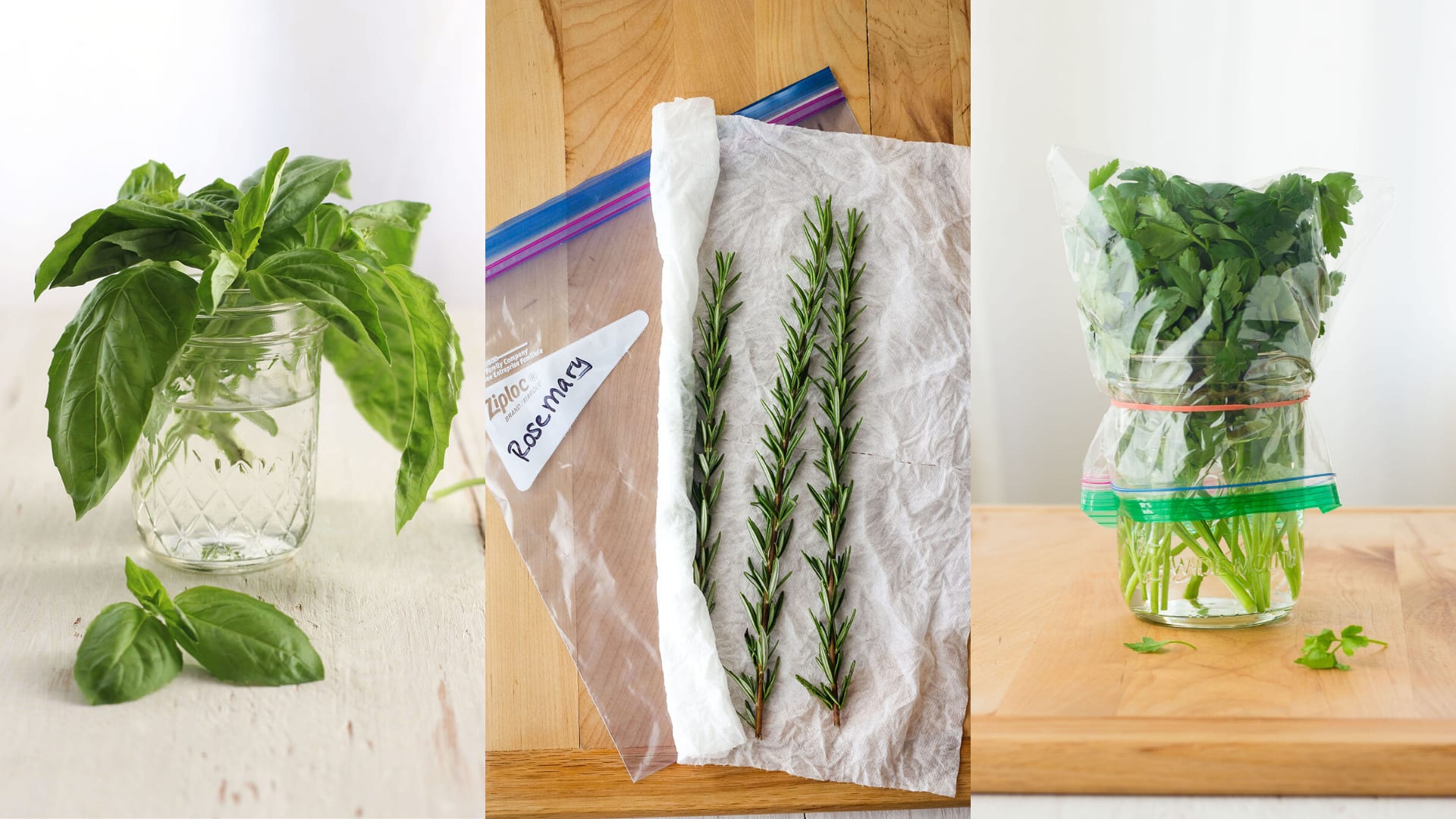
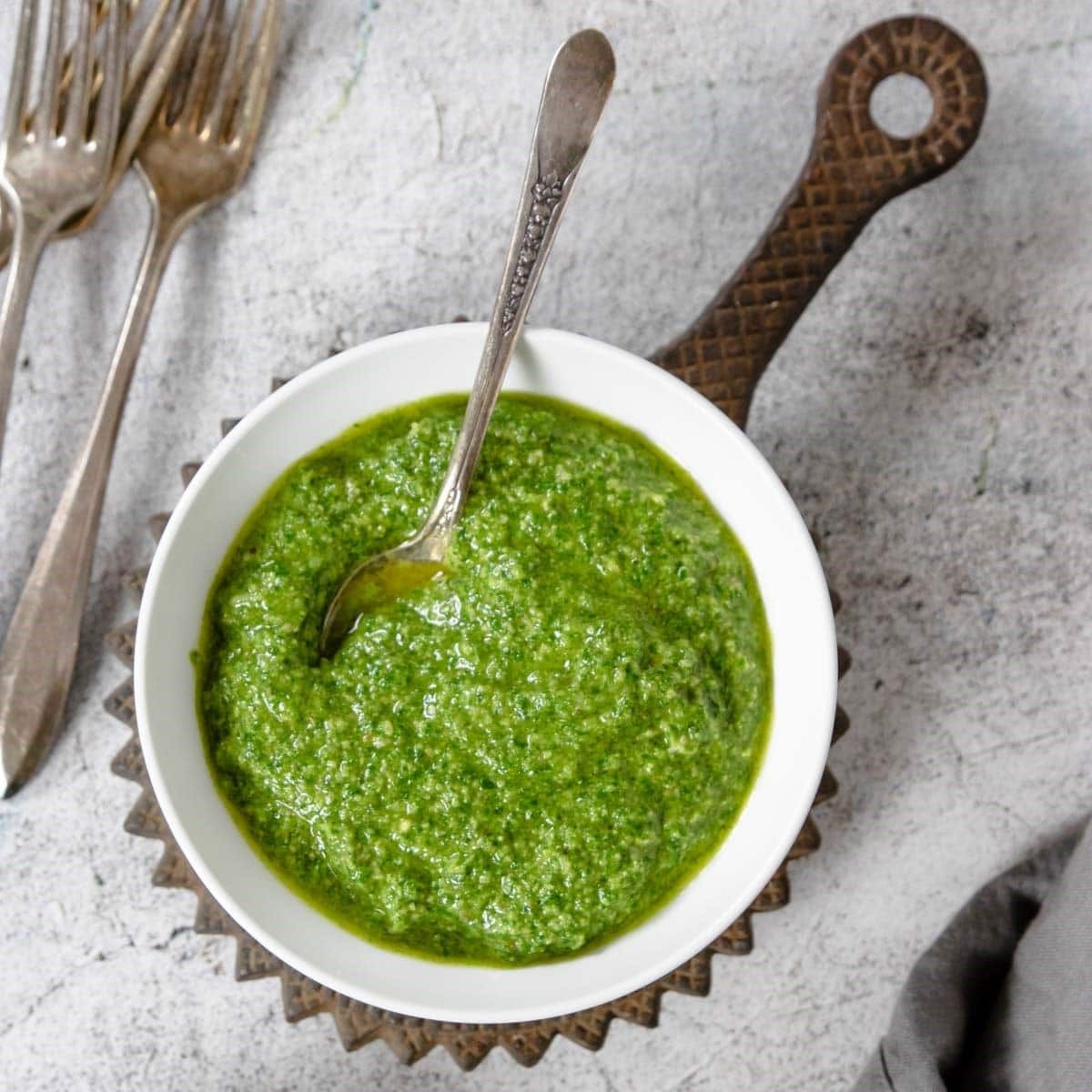


0 thoughts on “How To Store Basil After Harvest”